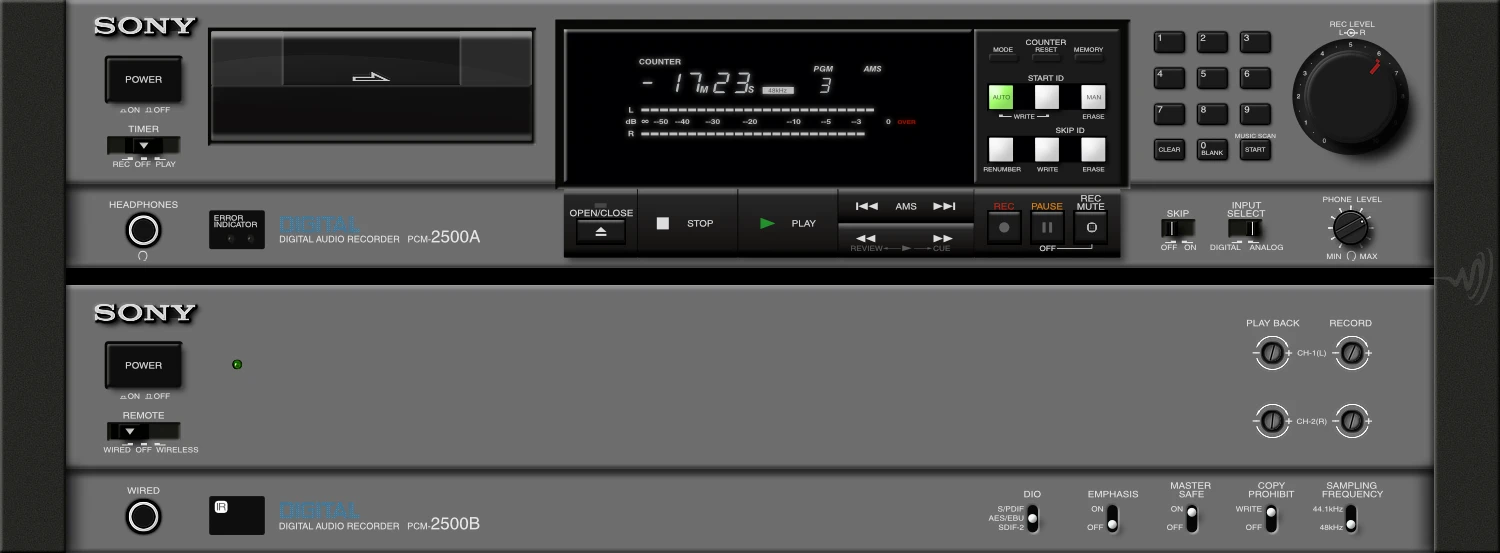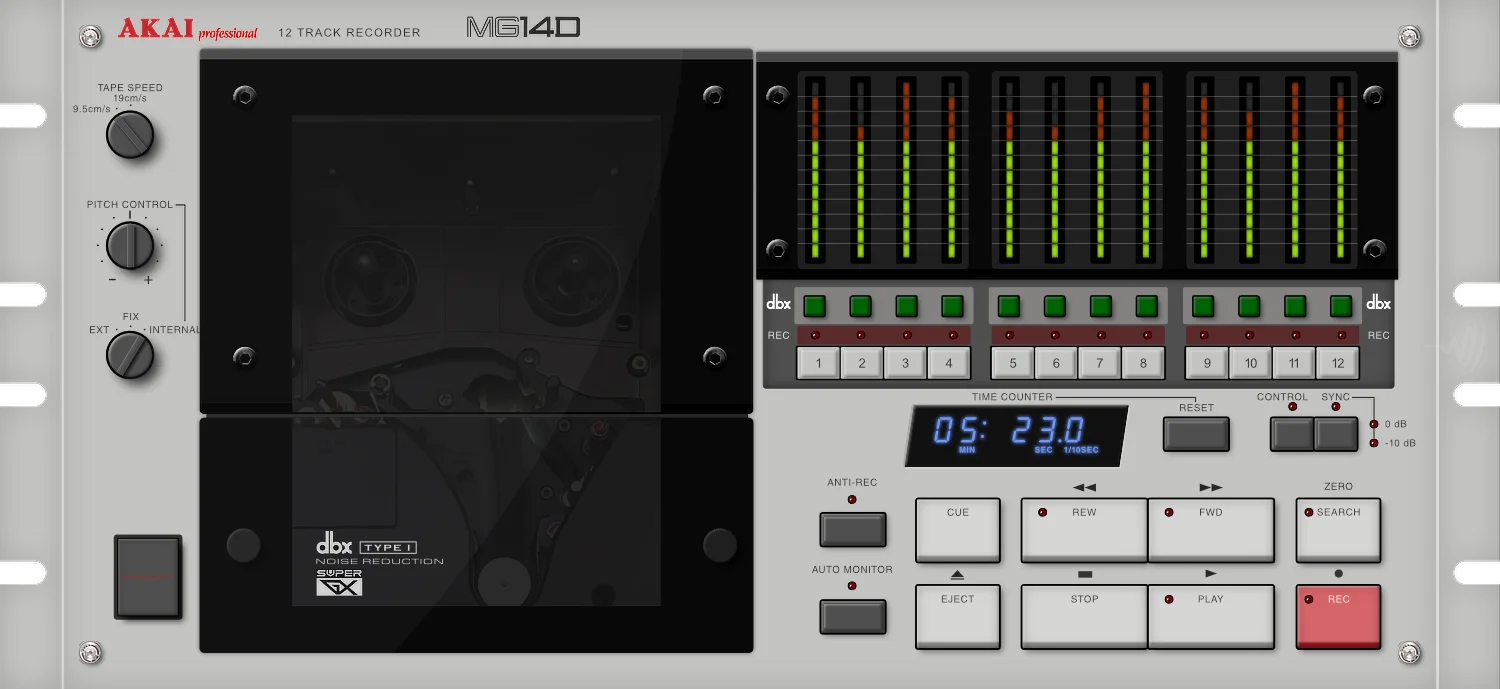Released in 1981
Revox PR 99 Stereo Recorder
The Revox PR 99 is a Swiss-engineered professional reel-to-reel recorder designed for broadcast, mastering, and editing use. Based on the Revox B77 but upgraded with balanced XLR I/O, full logic transport, and precise editing features, it offers outstanding tape handling, low noise, and high fidelity. Used widely in studios and radio stations, the PR 99 remains a respected classic for its reliability, precision, and enduring sound quality.













